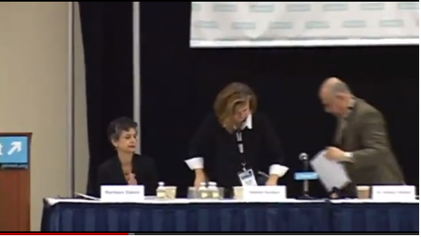This is the second segment in a multipart series on webcasting a conference. As I detailed in the first segment, though I’ve produced numerous live events and multiple webcasts, I’m totally self-taught, and have done most of my work alone. Recently, after being hired by Brendon Winters of Event Technology Partners to help stream JStreet.org’s national convention, I got the chance to work with two of his more experienced associates-accomplished shooter Manrico Zottig, and webcasting expert Bern Rexer-and learned a ton from both. In this segment I’ll detail what I learned by watching Manrico shoot the sessions we worked on together.
Contents
Framing a Panel
Figure 1 (below) shows the panel that Zottig was in charge of shooting, and I was in charge of streaming. It’s a typical panel: a podium on the left where each speaker gave introductory thoughts, and a table for discussion. What struck me when I was watching the production was how precisely Zottig framed his shots, never cutting off critical edges and minimizing problem areas in the scene.
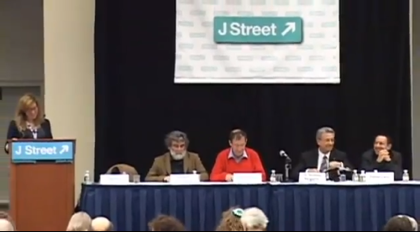
Figure 1. The basic setup for our conference
For example, there’s a metal pole peeking out on the right, and the drape doesn’t extend to the right as far you’d like. As you’ll see, Zottig adjusted his framing to minimize this and other problems.
Basic Rule of Thirds
Figure 2 (below) shows the shot of the speaker at the podium (from a different session) with rule-of-third guides. Stealing from Wikipedia, the rule of thirds “proposes that an image should be imagined as divided into nine equal parts by two equally-spaced horizontal lines and two equally-spaced vertical lines, and that important compositional elements should be placed along these lines or their intersections.” The intersections of the lines in the tic-tac-toe-like board are called “saddle points.”
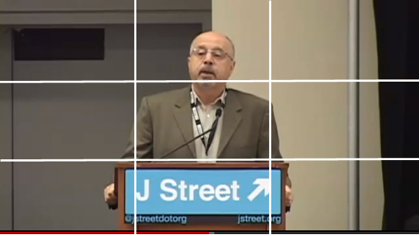
Figure 2. Classic rule of thirds positioning for a speaker facing the camera. Well, perhaps a little high.
Typically, when shooting people, the eyes are the most important compositional elements. When the person is facing the camera, as the subjects are in all shots shown here, you place the subject in the middle of the camera with eye level at the top or bottom third. This is your classic anchorman-type video. If the person was facing your left, you’d place their eyes on one of the right saddle points, leaving “look room” or “negative space” on the left. If facing your right, you’d place their eyes on one of the left saddle points.
Like all video-related rules, it’s better to know the rule and break it with intent than to not know it and break it accidentally. For example, in a recent video spoof that I shot, I placed my subject on the wrong saddle point to create a slight feeling of tension and to create diversity in my shots (Figure 3, below). However, I’d never use a shot like this in a seminar or business video.
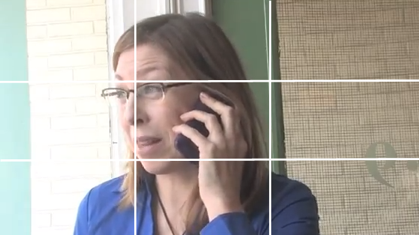
Figure 3. Violating the rule of thirds to create a slight feeling of tension.
Going back to Figure 2, you’ll note that the speaker’s eyes are slightly above the top line, and that the J Street logo was shown fully with the bottom of the podium showing. However, the current videos on YouTube, from which I grabbed these streams, are not the videos that actually streamed live at the event. Rather, these were produced from the archived full DV file that we provided to the client after the event.
During the event itself, whether from the capture device or streaming service, the live video was cropped slightly on the top and bottom, so the rule of thirds positioning was closer and the bottom edge of the podium was cut off, leaving the logo shown in full. I was positioned right next to Zottig during the shoot, and he glanced frequently at the streaming feed to make sure that positioning was good and that nothing critical was cut off. However, Zottig seldom, if ever, made even slight adjustments to adjust his positioning, particularly to correct for rule of thirds.
That’s because while few viewers will notice that rule of thirds is off, all viewers will notice if you make adjustments (even minute ones) in the middle of a shot to achieve perfect positioning. For this reason, it’s best to get close to optimal positioning as quickly and smoothly as possible and then leave it alone. However, while I would not make minor adjustments on the fly to correct rule-of-thirds positioning, I would if critical branding or other noticeable edges were cut off.
Let’s start codifying these into rules:
1. Mind classic rule of thirds positioning, with the exceptions noted below.
2. Avoid cutting off logos, branding, or other noticeable edges whenever possible.
3. Get as close to optimal positioning as quickly and smoothly as possible, and then leave it alone unless critical branding or other noticeable edges are cut off.
4. Observe both what’s on your camera and what’s in the streaming feed, since sometimes they’ll be different.
Managing the Transition
Once a new speaker stepped to the podium, Zottig would quickly frame the speaker on his viewfinder and then check what was appearing in my streaming feed. Then he would typically sit down and watch the speaker, waiting for cues that he or she was about to finish.
Once the speaker finished, Zottig would follow the speaker back to his or her chair, and follow the new speaker up to the podium (Figure 4, below). This gave the remote viewer the same experience as the viewer in the room.

Figure 4. Managing the transition
Tough Shots at the Table
Once the speakers finished at the podium and the discussion started at the table, the rules changed and became much more fluid. If the speakers were far enough apart, Zottig would frame them normally. You can see this in Figure 5 (below), where the speaker to the subject’s right was visible, but not distractingly so.
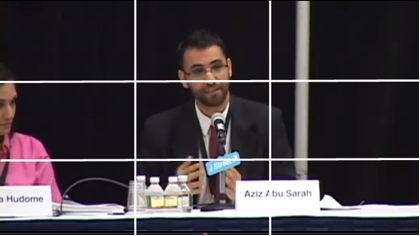
Figure 5. Normal rule-of-thirds positioning when the speakers are sitting far apart
What happened when the speakers sat closer together? Zottig would violate classic positioning to avoid noticeably cutting off the adjacent subject. You can see this in Figure 6 (below), where author Gershom Gorenberg is speaking. Rather than place him in the center of the frame, which would very noticeably cut off Dr. Klein to his left, he framed them both, almost like both of them were speaking.
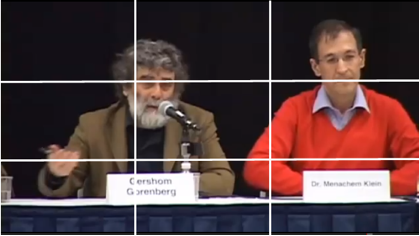
Figure 6. Avoid rule of thirds when it would noticeably cut off adjacent speakers.
At the other side of the podium, Zottig had the same problem plus another. That is, if he placed Daniel Levy in the middle of the frame, he would cut Dr Barghouti in half and expose the edge of the curtain on the right. To avoid both issues, he framed the shot to show both, even though Levy was doing the talking (Figure 7, below).
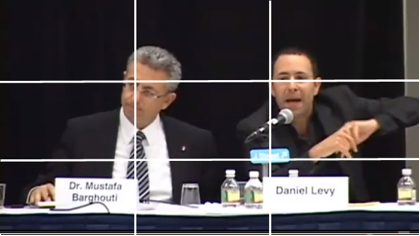
Figure 7. And avoid rule of thirds when it would noticeably show the edge of the stage.
I’ve long followed this “don’t cut-off” in my concert productions, for example, where zooming into the banjo player would cut the adjacent guitar player in half. Basically, your job is to create the most attractive picture in the frame.
Let’s add 2 more to our rules above:
1.Follow speakers to and from the podium.
2.Ignore the rule of thirds when it would noticeably cut off an adjacent subject or expose some other unattractive component of the setup. Remember: Only pros know what the rule of thirds is. All viewers know that it’s awkward when you cut adjacent speakers in half.
You’re certainly free to disagree with how Zottig (Figure 8, below) framed his shots. What’s most important is to understand the issues that are at stake, make decisions about how to address them, and then apply those decisions uniformly.
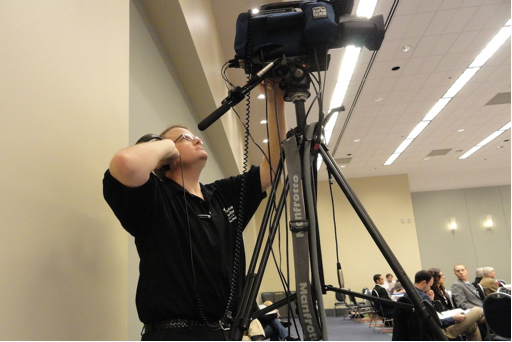
Figure 8. The master at work
I didn’t participate in the exercise to write about it; it was a purely commercial venture. However, it was fun and instructive watching the precision and care that Zottig used while framing his shots; over two days, the framing never looked awkward. Looking at his résumé, which includes training at the Art Institute of Philadelphia and years of TV and event production, it’s no surprise. And there are obviously a lot of valuable pointers that any of us can pick up when collaborating on shoots with others who have different backgrounds or levels or types of experience than we do as shooters, producers, and webcasters.
 Streaming Learning Center Where Streaming Professionals Learn to Excel
Streaming Learning Center Where Streaming Professionals Learn to Excel





